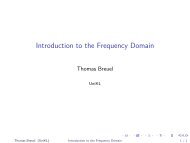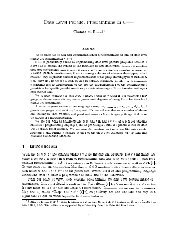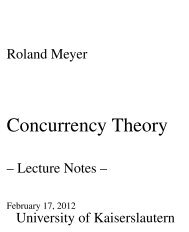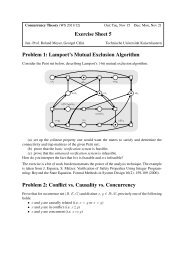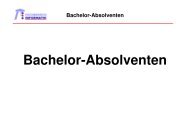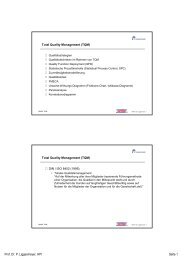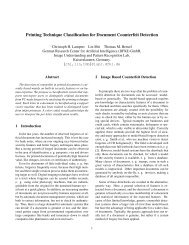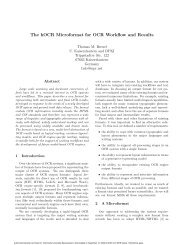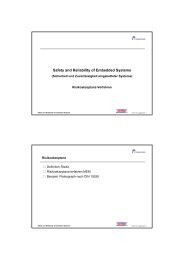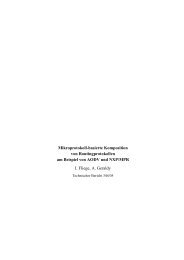contract N 00014-85-K-0124 .
contract N 00014-85-K-0124 .
contract N 00014-85-K-0124 .
Create successful ePaper yourself
Turn your PDF publications into a flip-book with our unique Google optimized e-Paper software.
Background Study: Liability of Nonprobate Transfer • June 15, 20101234567891011121314151617181920212223242526272829303132333435363738“Affidavit Procedure for Collection or Transfer of Personal Property”“Court Order Determining Succession to Property”“Affidavit Procedure for Real Property of Small Value”SUMMARYThe law governing liability of nonprobate transfer property or transferees for thedecedent’s debts is sketchy. The existing law shows no coherent policy but rathera pattern of haphazard development.Roughly speaking, the law either (1) exempts the nonprobate transfer fromliability, (2) subjects the nonprobate transfer to liability if the decedent’s probateestate is inadequate, or (3) is silent. The most common basis for liability of anonprobate transfer under case law is that the transfer is fraudulent as to creditors— i.e., the nonprobate transfer renders the decedent’s estate insolvent. While thereis nonprobate transfer liability in some circumstances, the procedural mechanismsfor imposing that liability are often unclear.III. EXISTING NONPROBATE TRANSFERDEBT ENFORCEMENT SCHEMESCalifornia has some experience apportioning liability for a decedent’s debtsamong nonprobate transferees, though on a limited basis. The existing Californiaprocedures are discussed below under “California Law.”A few other jurisdictions comprehensively treat probate and nonprobatetransferee debt liability. The granddaddy of all such schemes is the federal estatetax system. See discussion below of “Federal Estate Tax.”With respect to comprehensive state procedures, the seminal Missouri statutehas been in effect for 20 years and the Washington statute for 15 years. Seediscussion below of “Missouri Statute” and “Washington Statute.” A more recenteffort, Section 102 of the Uniform Nonprobate Transfers Act (1998) (included inthe Uniform Probate Code as Section 6-102) has been enacted in six jurisdictions.See discussion below of “Uniform Act.”This study analyses each of the schemes, including a synopsis of how the statutedeals with some of the more common issues concerning nonprobate transferliability. They are:(1) Insolvent estate. Many of the statutes provide for nonprobate transferliability only if the probate estate is insolvent.(2) Enforcement by personal representative. A statute may requireappointment of a personal representative to enforce nonprobate transferliability.(3) Enforcement by creditor. A statute may contemplate direct action by thecreditor in addition to or instead of by the personal representative.– 19 –



